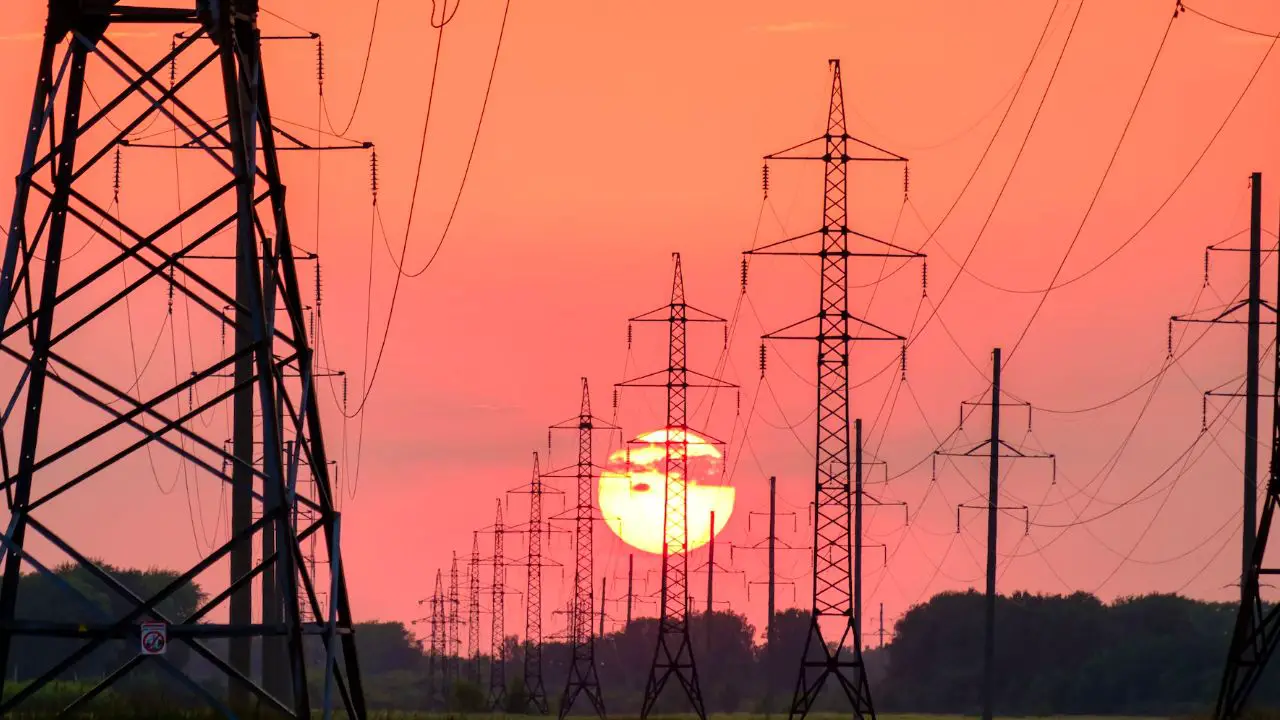Steps to Connect Solar Panels to the Electrical Grid
Connecting solar panels to the electrical grid involves evaluating your home's energy needs, designing the solar system, purchasing required equipment, professionally installing the panels, and connecting the system to the grid.

So, you're considering embracing the sun's power for your home? That's fantastic! Solar energy isn't only abundant, it's also eco-friendly and can save you a considerable amount on your electricity bills. But where do you start? This article will guide you through the steps involved in connecting your solar panels to the electrical grid.
Before getting started, it's important to understand that this process should be carried out by a professional electrician or a trained solar installation expert. As much as I love DIY projects like installing solar garden lights, safety and regulations demand that connecting to the grid should be left to professionals.
Evaluating Your Home and Energy Usage
The first step towards connecting solar panels to the electrical grid is to evaluate your home's energy consumption. By understanding your energy needs, you can determine how many solar panels you'll require. Consider aspects such as the direction and tilt of your roof, as these factors will determine the efficiency of your panels.
Designing the System
Once you have a clear understanding of your energy needs, the next step is to design your solar panel system. This involves choosing the right type and number of solar panels, inverters, and other necessary components. The design should also take into consideration the layout of your roof and any local regulations about solar panel installation.
Purchasing the Equipment
With your system designed, it's time to purchase the solar panels and other equipment. Shopping for solar equipment can be like picking out the best solar-powered gadgets for an outdoor living experience. It's essential to research different brands, read reviews, and compare prices before making a purchase.
Installation
Once you've got your equipment, it's time to install the panels. Installation usually involves mounting the solar panels onto your roof, installing the inverter, and connecting everything together. Remember, this is a task for the professionals, much like installing solar-powered security lights for your home.
Connecting to the Grid
The final step is connecting your solar system to the electrical grid. This involves having an electrician wire your solar system into your home's electrical system and then connect it to the grid. Once this is done, your solar panels can start producing energy, and any excess can be fed back into the grid.
Conclusion
In summary, connecting solar panels to the electrical grid involves assessing your home and energy needs, designing the system, purchasing the right equipment, installation, and finally, grid connection. As a rule, always let a professional handle the installation and grid connection process to ensure safety and compliance with local regulations. Whether you're living off the grid or just want to supplement your energy use, solar power provides a clean, renewable option. It's akin to taking a small step for your home and a giant leap for our environment.
And remember, once you've harnessed the power of the sun for your home, why not look at other fun and eco-friendly solar-powered products, like these adorable dog-inspired garden solar lights or even solar-powered toys for the kids? After all, it's all about making the most out of the sun's bounty.

